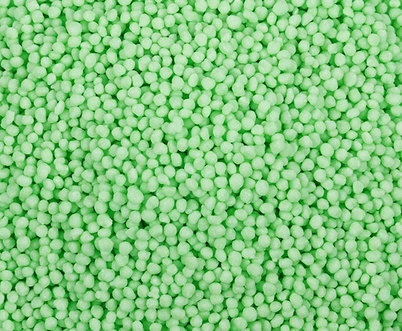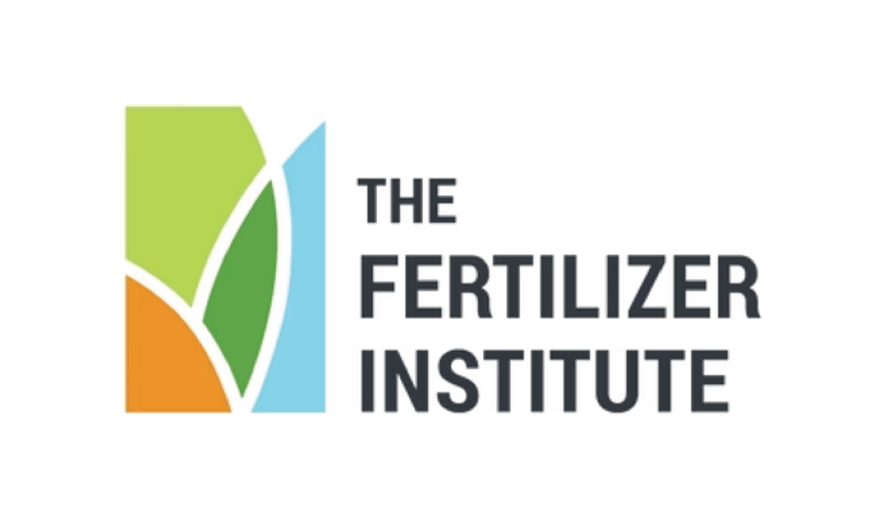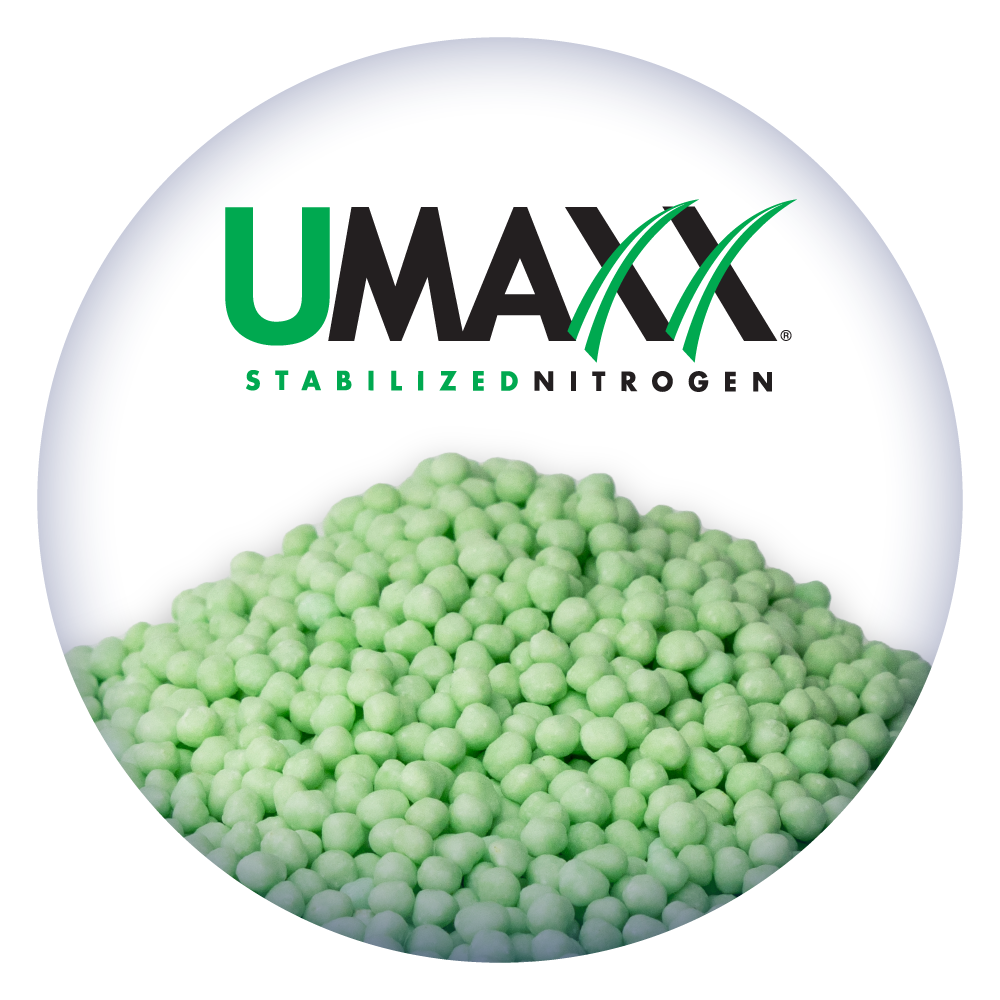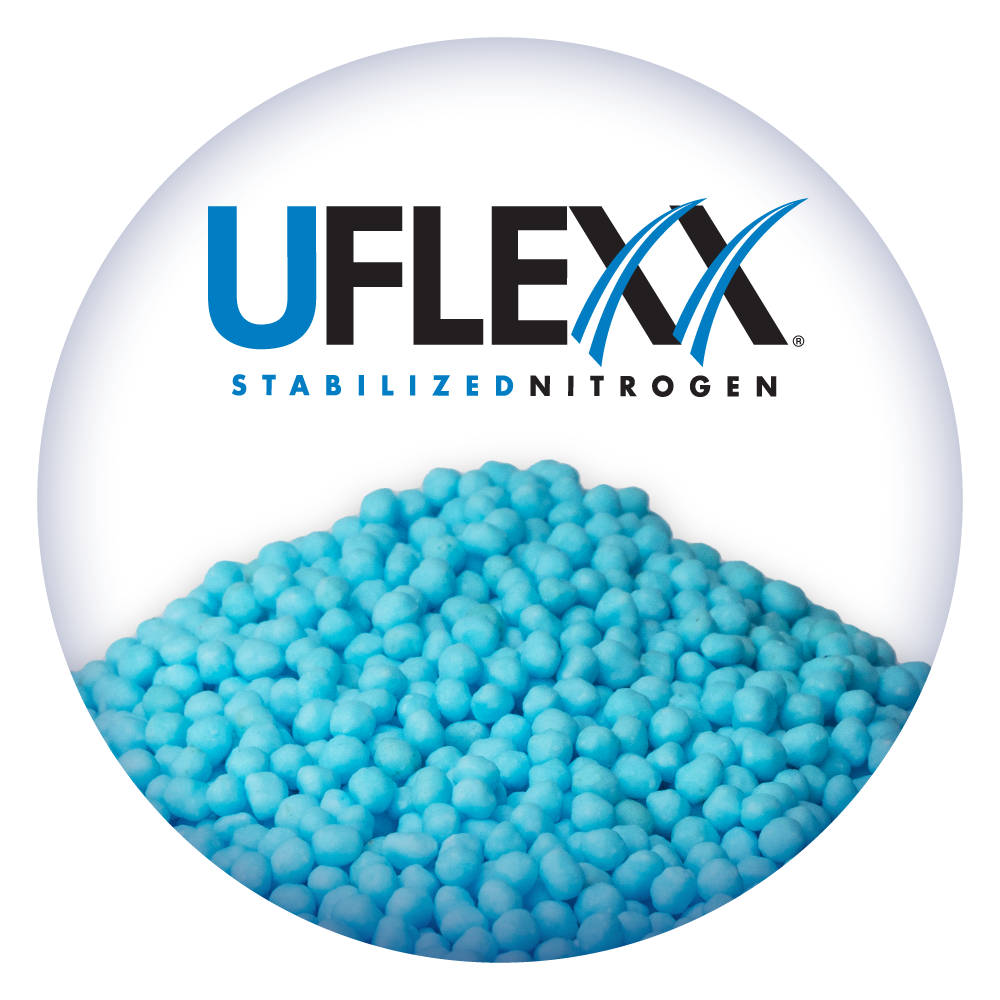Stabilized Nitrogen (Inhibitors) – NOT all Technologies are Equally Effective
If you use Stabilized Nitrogen fertilizer, it’s important to know that not all technologies are the same. There are typically two different stabilizer (inhibitor) components used to make stabilized nitrogen. The first is a urease inhibitor known as NBPT (n-butyl, thiophosphoric triamide). NBPT helps to limit the amount of fertilizer nitrogen (N) lost to the environment due to ammonia volatilization. Allowing more N to remain in the soil profile, increasing the amount available to the turfgrass/plant but does not offer extended nutrition. Most stabilized fertilizers on the market contain only NBPT. The second inhibitor, dicyandiamide or DCD, reduces nitrification. This means that the N remains in the ammonium form in soil, rather than being converted to nitrate that can easily leach out. Ammonium remains more plant available because it can be held on soil exchange sites which can offer extended nutrition from up to 8-12 weeks. However, it takes a certain amount of DCD to do its job. Few manufacturers can apply enough DCD to the surface of a urea particle to extend results further than untreated urea. To illustrate, see the chart below in Figure 1 of the results from a University trial of a surface/sprayed-on DCD urea granular vs. an infused/embedded DCD urea granular.

Figure 1
So, how do you know if you are using the most effective stabilized nitrogen product available? There are some critical questions to ask your supplier. First, which inhibitor does the product contain, NBPT, DCD, or both? (Check the label). Secondly, how much of each component is on the granular? For DCD, look for at least 0.5%, or 5,000 ppm. If it’s not that high or not indicated on the label, ask your supplier for other stabilized nitrogen products available. What you don't know about your stabilized nitrogen products could affect your turf health and your ROI.
Stabilized Nitrogen - Critical Question Checklist:
- What is the Stabilized Nitrogen technology on the fertilizer? DCD or NBPT? NBPT reduces volatilization but DCD is what provides increased longevity in the soil.
- Is the DCD technology sprayed-on or infused/embedded in the urea? Surface/sprayed on DCD cannot hold enough tech to be effective. Only infused or embedded will offer extended nutritional availability.
- How much ppm (parts per million) of DCD is applied to the urea granule? <1600 ppm is NOT effective. >10,000 has been proven effective.
UMAXX®
Dual Stabilized Nitrogen Fertilizer
UFLEXX®
Dual Stabilized Nitrogen Fertilizer
Share
